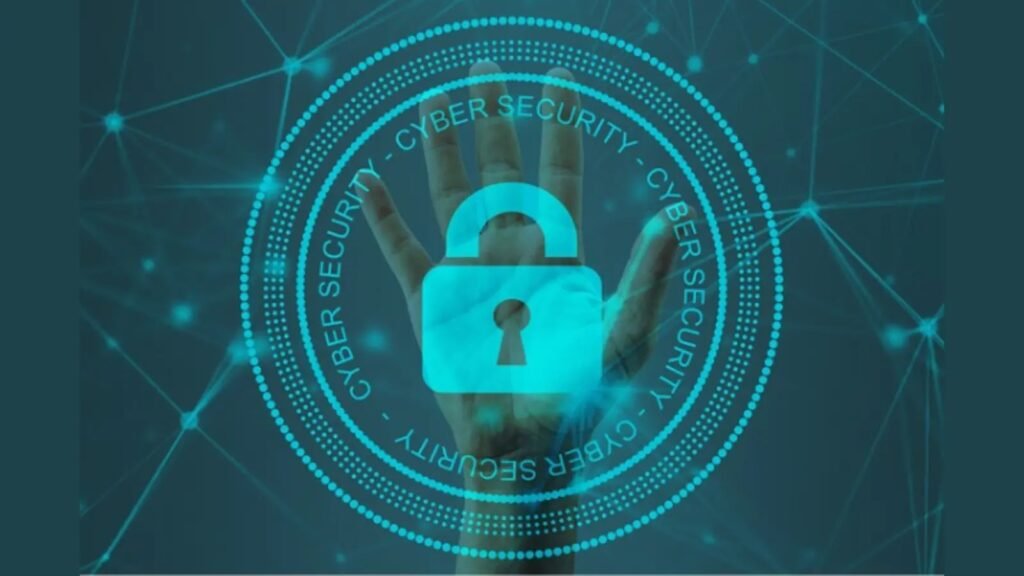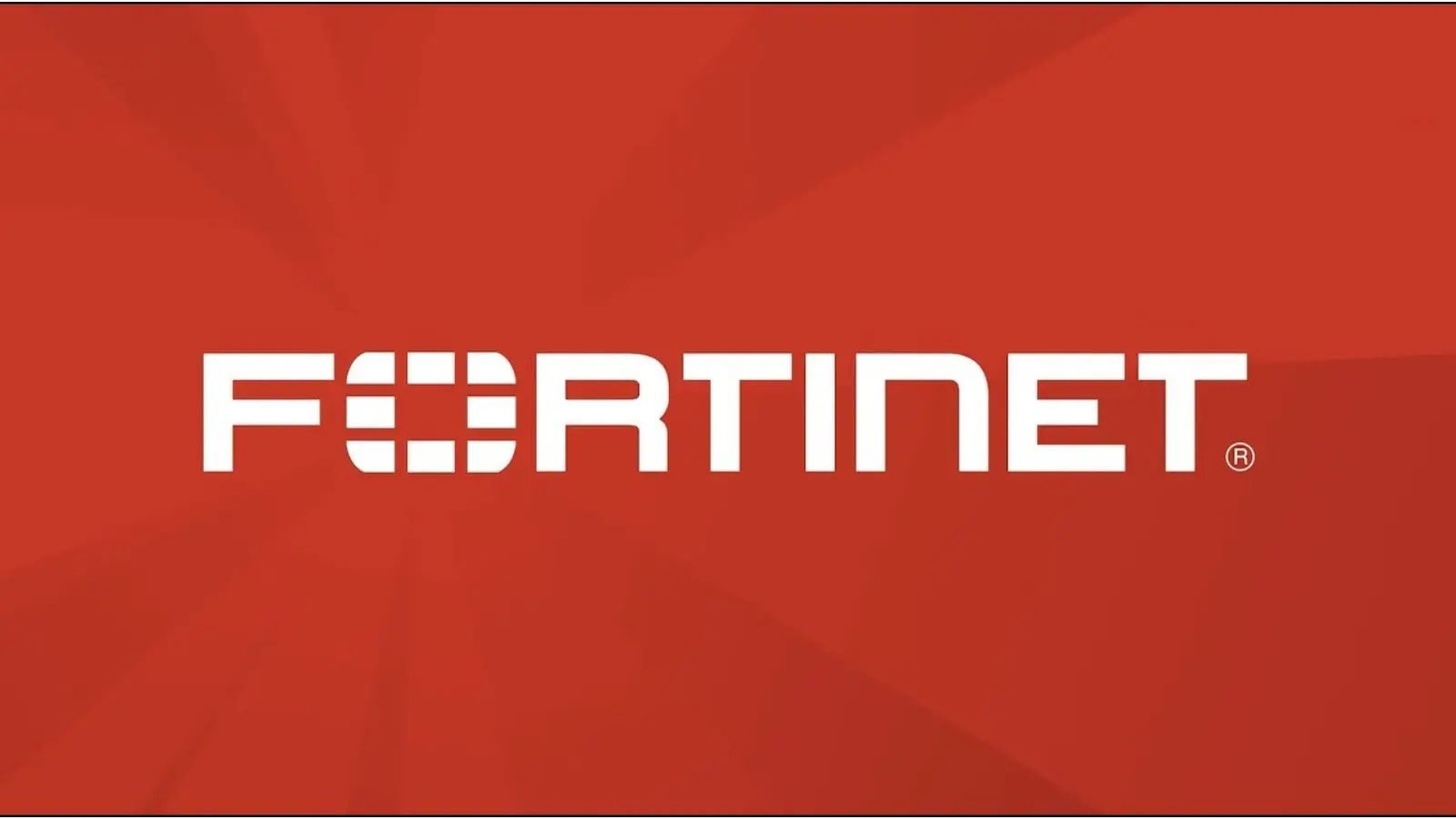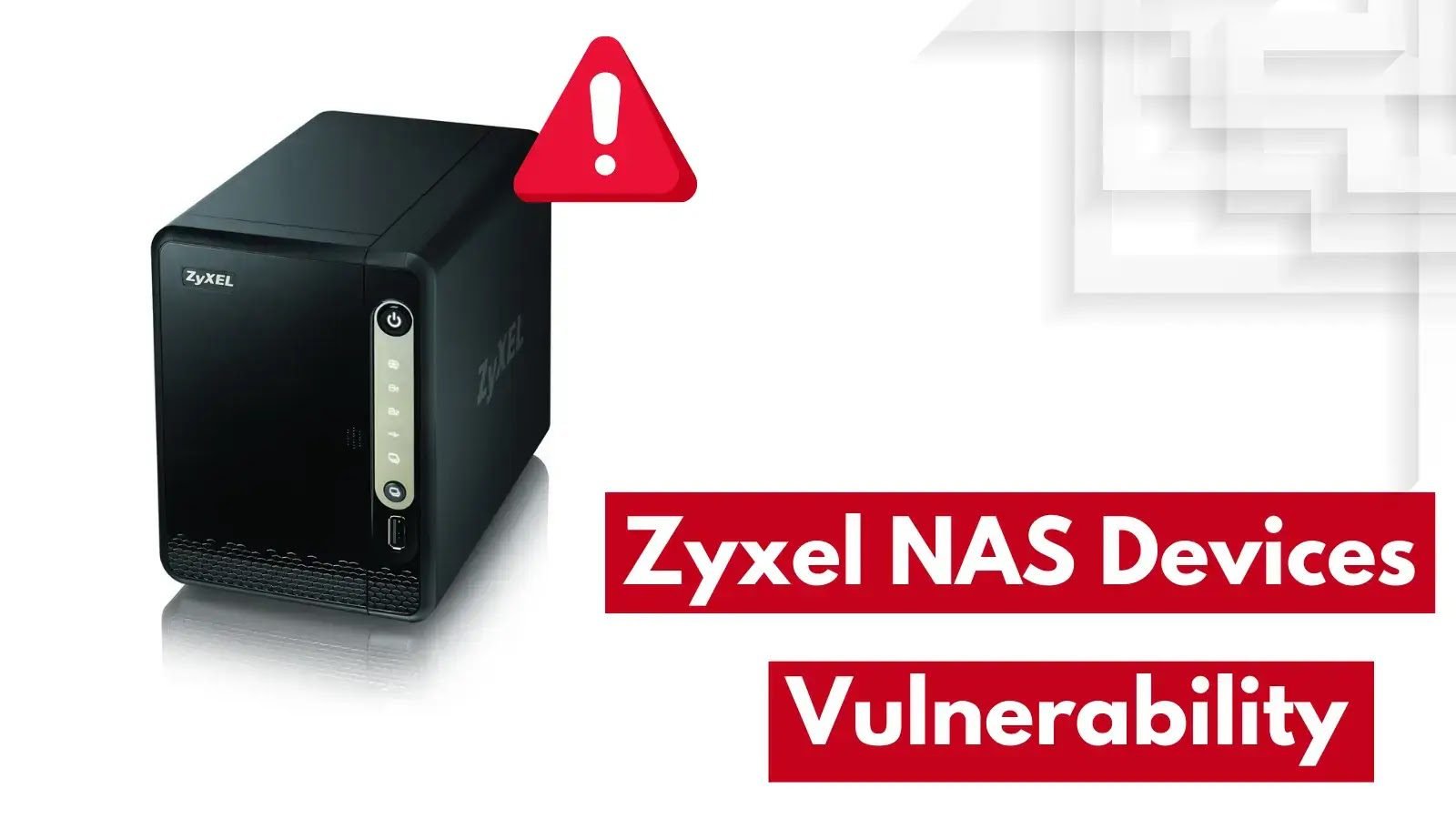9 Essential Cybersecurity Tips For New IT Technicians
Picture yourself at the helm of a company’s cyber defenses—stakes are high, and your moves are critical.
For new IT technicians stepping into the fray in 2024, mastering cybersecurity fundamentals isn’t just desirable; it’s non-negotiable.
Beyond mere password complexity and the latest antivirus software, we’re talking about layering defense mechanisms.
Think of multi-factor authentication and continuous education as your twin shields in this relentless battle against digital adversaries.
Are you ready to level up your cybersecurity game? Let’s forge ahead.
1. Fortifying The Frontline: Secure Network Configurations
Stepping into the maze of network configurations might seem daunting, but clarity comes with understanding the essentials. First things first—lockdown of your network infrastructure is paramount.
It starts with setting up firewalls as vigilant gatekeepers, meticulously managing who can enter and exit your digital domain.
Combine this with segmented networks to isolate critical assets; think of it as compartmentalizing sensitive information in secure vaults.
Intrusion detection systems? They’re your early warning radar for potential threats, scanning the horizon for signs of a security breach.
Equip yourself with these tools, and you’ve taken a solid stride towards an impregnable network fortress.
2. Data Defense Tactics: Protection Techniques Worth Mastering
When training to become an IT technician, let’s be clear: data is your most valuable charge.
Ensuring its safety requires a multifaceted approach. Start by encrypting everything—conversations, files, even entire drives.
Encryption acts as an intricate cipher that only the intended recipient can decode.
Next, embrace backups as a fundamental ritual; schedule them regularly and store them securely off-site or in the cloud for redundancy.
It’s not just about preventing data loss but also about swift recovery from ransomware or system failures.
Master these techniques, and you’ll transform into a guardian of data integrity in this digital era.
3. Decoding Cyber Threats: Understanding Attack Vectors Of Today
In the dynamic arena of cybersecurity, an IT technician must be a quick study in recognizing and mitigating diverse threats.
Malware infiltration often occurs via innocuous channels—disguised within legitimate downloads or email attachments.
The more personalized danger lies in social engineering; these ploys manipulate trust to breach security protocols.
As for spear phishing, it specifically targets individuals with precision, luring them into revealing critical information under false pretenses.
And then there are zero-day vulnerabilities—flaws exploited before they’re even on the radar for patching.
Building your knowledge base around these vectors becomes a strategic advantage in outmaneuvering potential breaches.
4. Password Protocol: Crafting Policies That Thwart Hackers
A cornerstone of cybersecurity that stands the test of time is a robust password policy.
As an IT technician, advocating for passwords that are not just strings of characters but veritable keys to a kingdom is your duty.
These aren’t merely suggestions; enforce complex combinations that are changed regularly and never repeated across different services.
Introduce password managers to eliminate the weak link of human memory, ensuring these keys remain unguessable and well-guarded.
When you instill rigorous standards and tools for password creation and management, you turn a potential vulnerability into a stalwart defense against unauthorized access.
5. The Multi-Factor Fortress: Elevating Access Security
Upgrading your security strategy? Multi-factor authentication (MFA) is non-negotiable.
Imagine it as a series of defensive walls, each layer demanding separate verification before granting entry.
This isn’t redundancy; it’s strategic reinforcement.
By requiring not only something users know, like a password but also something they have—such as a mobile device for a one-time code—or something they are, like a fingerprint, you drastically reduce the risk of compromised credentials leading to a breach.
Teach teams to embrace MFA as an essential daily practice, much like wearing seatbelts—it should be automatic and second nature in protecting their digital selves.
6. Software Safeguarding: Keeping Systems Patched And Protected
In your role, staying ahead of software vulnerabilities is akin to maintaining a fortress; it requires vigilance and prompt action.
Regular updates are the oils that keep the gates functioning and impenetrable.
Patches issued by developers serve not just as fixes but as crucial upgrades to your security apparatus, addressing everything from minor bugs to critical security gaps.
Implement automated systems for these updates where possible, ensuring no machine in your network lags behind in its defenses due to human oversight or procrastination.
This proactive upkeep is fundamental in warding off attackers seeking an easy ingress through outdated software fortifications.
7. Phishing Expeditions No More: Recognizing Deceptive Dangers
Phishing—the art of deception, where authenticity is masqueraded to mislead and exploit. In your toolkit as an IT technician, a keen eye for such subterfuge is vital.
Educate your users on the subtleties of phishing attempts: unsolicited communications requesting sensitive information or urging immediate action.
Illustrate through examples; show them how legitimate-looking emails might contain malevolent links or attachments designed to pillage data.
Empower them with knowledge and tools like email filters and verification protocols to scrutinize the legitimacy of requests.
When users can spot the bait, the likelihood of a successful catch by these cyber anglers takes a nosedive.
8. Continuous Learning Curve: Staying Ahead In Cybersecurity Education
The arena of cyber threats never stands still, and neither should your education as an IT technician.
Engaging regularly with the latest developments in cybersecurity—through webinars, specialized courses, or industry certifications—is crucial.
Think of each educational opportunity as an update to your mental software, equipping you with the advanced tactics needed to counteract new cyber threats.
Urge your colleagues to share insights and pool knowledge; collective intelligence is stronger than its individual parts.
Cultivate this ethos of continual learning, and watch as it becomes the backbone of a resilient and proactive defense strategy against evolving digital dangers.
9. Incident Response Readiness: Preparing For When Breaches Occur
Breach readiness is a critical chapter in your IT technician’s playbook.
Draft an incident response plan that acts like a well-rehearsed fire drill—automatic, efficient, and thorough.
It must define precise actions for detection, containment, and system restoration post-incident.
Simulate breaches to refine this plan; with each mock disaster navigated, your team honed their skills to deflect real threats.
A bold stance on readiness turns potential havoc into a sequence of calculated tactics that minimize impact and reinforce trust in your organization’s capacity to weather cyber storms.
In advancing through these nine cybersecurity pillars, new IT technicians become vanguards in the digital age.
Embrace them, and you’ll be well-equipped to protect, detect, and respond with the confidence of a seasoned cyber sentinel.






